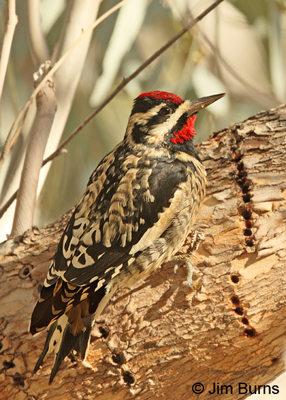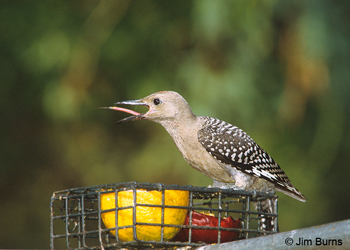
Shortly after writing my recent column about birds’ nictitating membrane, Deva and I finally got around to watching the movie, Concussion, starring Will Smith as Dr. Bennet Omalu, the Nigerian-American forensic pathologist who initially alerted the public to the brain damage caused by football. Smith’s performance, replete with perfect British-African accent, is stunning, the message about brain damage is sobering, but what grabbed my attention most was a reference to another special avian adaptation. One I alluded to in my earlier column
I’m never surprised when bird related items find their way into popular culture, but it’s almost shocking to see references that are factual and in-depth. In Concussion, in an attempt to justify his research to his superiors, Omalu pulls out a graphic depiction of a woodpecker’s head structure and begins explaining the physiological adaptations that protect this family of birds from brain damage. His “lecture” is cut short by his skeptical boss, but I have plenty of time here. It’s a remarkable list of evolutionary features, none of them, of course, found in humans.
For starters, the woodpecker skull and brain itself are evolved to absorb shock. The bones of the skull are spongy, thickest in the forehead and rear of the brain cavity which is small and tight, and the brain itself is small, smooth, and elongated forward, all design elements that minimize movement of the brain and prevent collisions with the skull. Additionally woodpeckers have an “overbite” built into their bills, the upper mandible’s outer layer of tissue slightly longer than that of the lower, the lower mandible’s bones longer and stronger than those of the upper. This distributes impact stress downward away from the brain.
Though each woodpecker species has a different drumming cadence, (helpful with identification of an unseen drummer), birders all know there are marked pauses between bursts of pecking. Researchers have found the small percentage of the impact energy that is directed to the brain is converted to heat, and the pauses seem to allow time for this heat to dissipate, yet another brain saving behavioral device.
The best of the woodpeckers’ evolutionary adaptations, though, is the one depicted by Omalu in his presentation. This is the extraordinary hyoid apparatus which supports woodpecker tongues and is elongated, flexible, and extensible. In this family the horseshoe shaped, cartilaginous hyoid bones attach from the base of the tongue, wrap around the brain, and anchor at the nostril openings of the bill. In North America the longest bird tongues belong to the flickers, are three times the length of the bill, and measure five inches. Most importantly, when retracted, they wrap over the top of the brain offering even more impact reduction for this vital organ.
Owls and woodpeckers have always been my favorite families of birds because their long list of physiological adaptations allow them to occupy unique niches in the natural world. If the human skull were as well adapted for impact reduction as that of our woodpeckers, we wouldn’t even be having this conversation.
|
Gilded Flicker female tongue probably reaching bottom of can |

